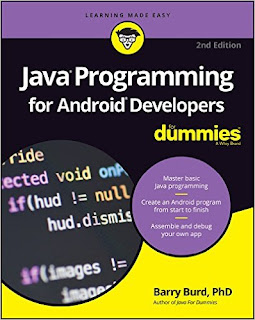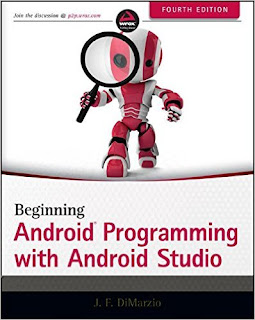Build fast and efficient Android apps that run as reliably as clockwork in a multi-device world
Android High Performance Programming About This Book
About This Book
- Wide coverage of various topics that help in developing optimal applications
- Explore the concepts of Advanced Native Coding in depth
- A must-have for professional-standard Android developers for whom performance failures and the sloppy use of resources are simply unacceptable
Who This Book Is For
This book is aimed at developers with an advanced knowledge of Android and who want to test their skills and learn new techniques to increase the performance of their applications. We assume they are comfortable working with the entire Android SDK, and have been doing it for a few years. They need to be familiar with frameworks such as NDK to use native code, which is crucial for app performance
What You Will Learn
- Create Android applications that squeeze the most from the limited resource capacity of devices
- Swap code that isn't performing
- Efficient memory management by identifying problems such as leaks
- Reap the benefits of multithreaded and asynchronous programming
- Maximize the security and encryption mechanisms natively provided by Android
- Perform efficient network operations and techniques to retrieve data from servers
- Master the NDK to write native code that can perform faster operations
In Detail
Performant applications are one of the key drivers of success in the mobile world. Users may abandon an app if it runs slowly. Learning how to build applications that balance speed and performance with functionality and UX can be a challenge; however, it's now more important than ever to get that balance right.
Android High Performance will start you thinking about how to wring the most from any hardware your app is installed on, so you can increase your reach and engagement. The book begins by providing an introduction to state–of-the-art Android techniques and the importance of performance in an Android application. Then, we will explain the Android SDK tools regularly used to debug and profile Android applications. We will also learn about some advanced topics such as building layouts, multithreading, networking, and security. Battery life is one of the biggest bottlenecks in applications; and this book will show typical examples of code that exhausts battery life, how to prevent this, and how to measure battery consumption from an application in every kind of situation to ensure your apps don't drain more than they should.
This book explains techniques for building optimized and efficient systems that do not drain the battery, cause memory leaks, or slow down with time.
Style and approach
The book follows a tutorial-based approach to take the reader from the basic fundamentals of debugging to advanced performance-improvement concepts.


